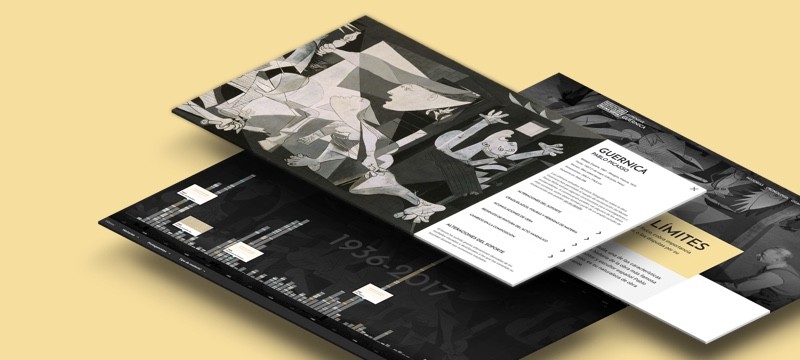Pablo Picasso: A Retrospective
On 2 May 1980, New York’s Museum of Modern Art (MoMA) unveiled the biggest exhibition to date on Pablo Picasso, bringing together close to one thousand works in an array of mediums: paintings, drawings, prints, sculptures and collages. In addition to making up the celebrations to mark the 50th anniversary of the museum (which opened in 1929), the show was a fresh homage to the artist — the sixteenth monographic exhibition on his work — and was extraordinary in marking the only occasion that saw such a large number and range of works assembled, nearly half of which had never been displayed previously in the USA. Moreover, the event constituted an official farewell to Guernica, which, after an agreement was reached with the authorities in charge, would be handed over to Spain once the curtain came down on the exhibition.
William Rubin, director of the Painting and Sculpture Department at MoMA, curated this remarkable exhibition, which spanned three floors of the museum, and arranged the works chronologically. The show was also put together by Dominique Bozo, head curator of the future Musée Picasso, in Paris — a project set up through the significant number of works proffered by the artist in 1968, and which carried on until his death in April 1973 — thus forming a solid relationship between both institutions. This exhibition gained traction at the start of the 1970s, with Picasso an active participant in the early arrangements alongside Rubin, who had organised the show Picasso at the Museum of Modern Art (3 February – 2 April 1972), comprising over one hundred works belonging to the museum’s collection (through either acquisitions or donations), along with Guernica and its associated works, loaned by Picasso at that time. The exhibition also represented the first chance to present the recently acquired The Charnel House (1944–1945) at the museum.
The retrospective, a comprehensive survey of Picasso’s career and meticulously focusing on every technique and medium he used, marked a shift in the examination and critical analysis of the artist and was the starting point of mass exhibitions. On one side, the catalogue edited by William Rubin for the event, also adhering to a chronological structure and through the near-comprehensive, immaculately referenced reproduction of every work featured in the show, was presented as a form of catalogue raisonné, surpassing Christian Zervos’s work (published between 1932 and 1978) and placing MoMA at the forefront in terms of housing Picasso’s major works. And on the other, that summer the exhibition took New York by storm as people turned out en masse, forcing the museum to change its opening hours to meet the high-demand brought about by its public appeal.
Nevertheless, away from the success of the exhibition negotiations and agreements were taking place behind the scenes between MoMA and the Spanish government via Spain’s Foreign Office, Ministry of Culture and the Management Board of Fine Arts, with Javier Tusell one of its main spokespersons, to address the destination and delivery of Guernica and associated works. Over the course of a meeting held in New York on 20 March 1980, and respecting the artist’s wishes, both parties agreed to move the pieces once the exhibition closed, on 15 September of that same year. The preparations were extensive and the ensemble of works were sent to Madrid one year later. Therefore, MoMA gave the American people, and all those who visited the show, the last chance to see the painting, upon which, in a place where it had found calm at a time of historical, political, geographical and artistic upheaval, the museum had built the narrative of the history of modern art.

![Weeping Woman [II] Weeping Woman [II]](/sites/default/files/styles/medium/public/documento/GUE-1959_0.jpg?itok=Yd6PJC9E)
